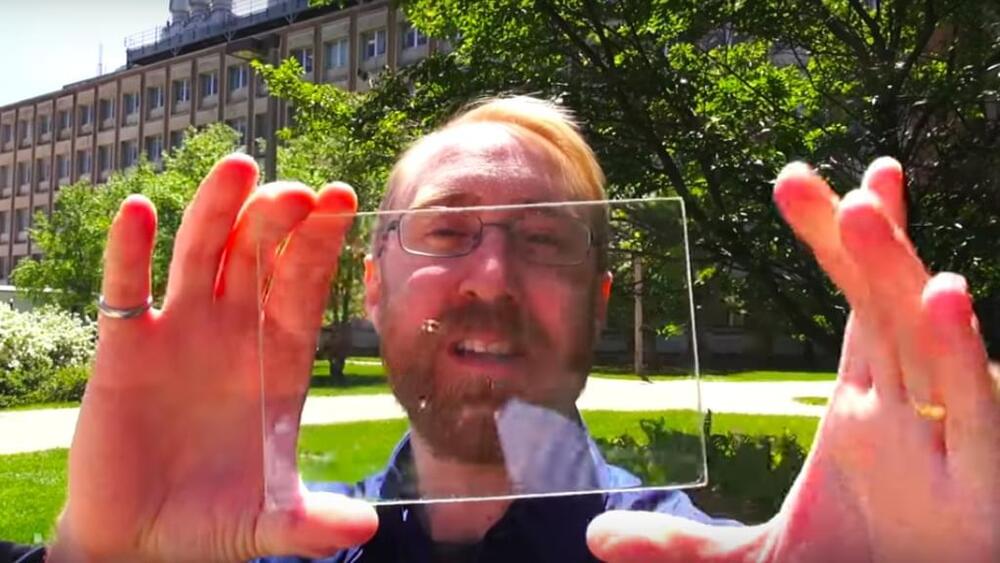Nov 27, 2021
New Cold Storage Method Solves Freezer Burn —And Saves Energy
Posted by Shailesh Prasad in categories: energy, food
12:10 minutes.
But United States Department of Agriculture (USDA) food scientists, working with a team at the University of California-Berkeley, have a method that could help solve this problem. Normal food freezing, called isobaric, keeps food at whatever pressure the surrounding air is. But what if you change that? Isochoric freezing, the new method, adds pressure to the food while lowering temperature, so the food becomes cold enough to preserve without its moisture turning into ice. No ice means no freezer burn. And, potentially, a much lower energy footprint for the commercial food industry: up to billions fewer kilowatt-hours, according to recent research.

















